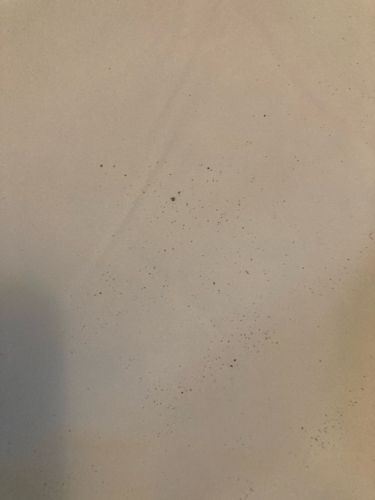Fungus Gnat
Scientific Name: Bradysia spp. (most common genus found in homes)
Order & Family: Order: Diptera, Family: Sciaridae, Mycetophilidae, or Bradysia (among others)
Size: Typically 1-5 mm in length

Natural Habitat
Damp soil of houseplants, greenhouses, compost piles, and other environments with consistently moist organic matter.
Diet & Feeding
Adult fungus gnats typically do not feed or feed minimally on liquids. Larvae primarily feed on fungi and decaying organic matter in soil, but can also consume plant roots, especially tender seedlings.
Behavior Patterns
Fungus gnats are typically attracted to damp environments, especially soil with excessive moisture. Adults are weak fliers and often seen hovering near potted plants or windows. Larvae develop in moist organic matter.
Risks & Benefits
Potential risks include damage to plant roots, especially young plants, and being a nuisance due to large numbers of flying adults. They are generally not harmful to humans or pets beyond being an annoyance. In natural ecosystems, they contribute to decomposition.
Identified on: 8/20/2025